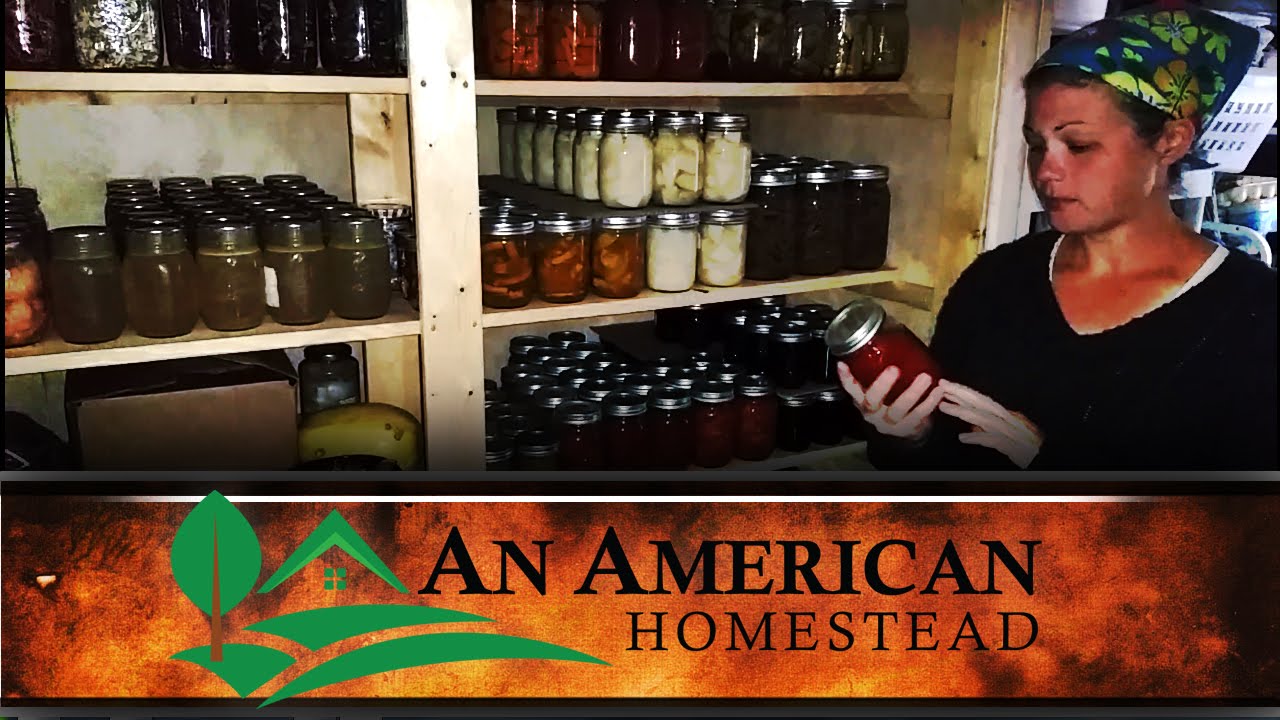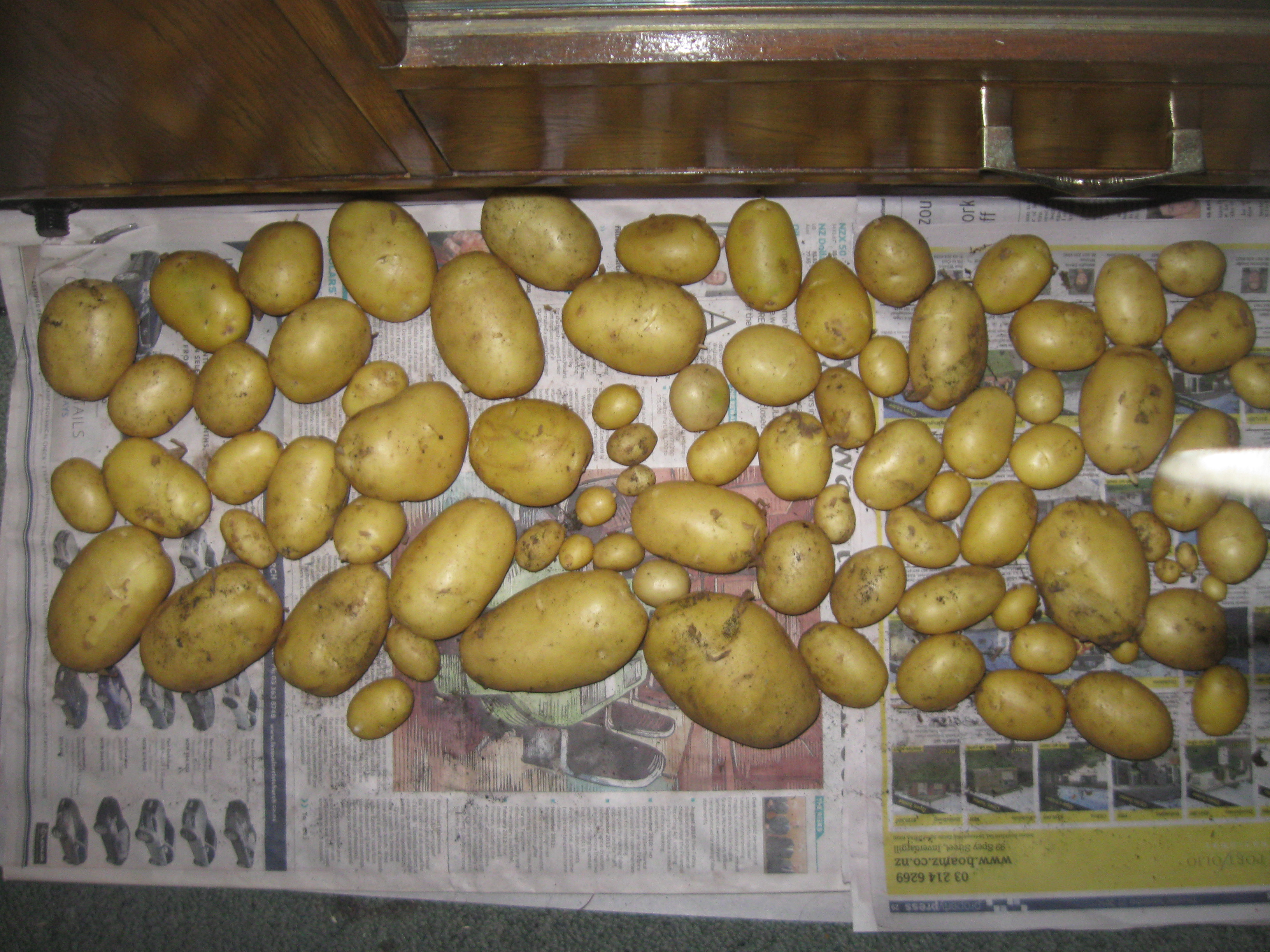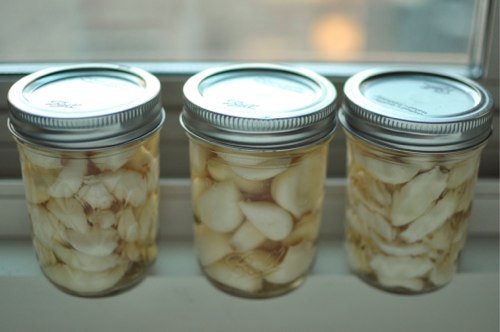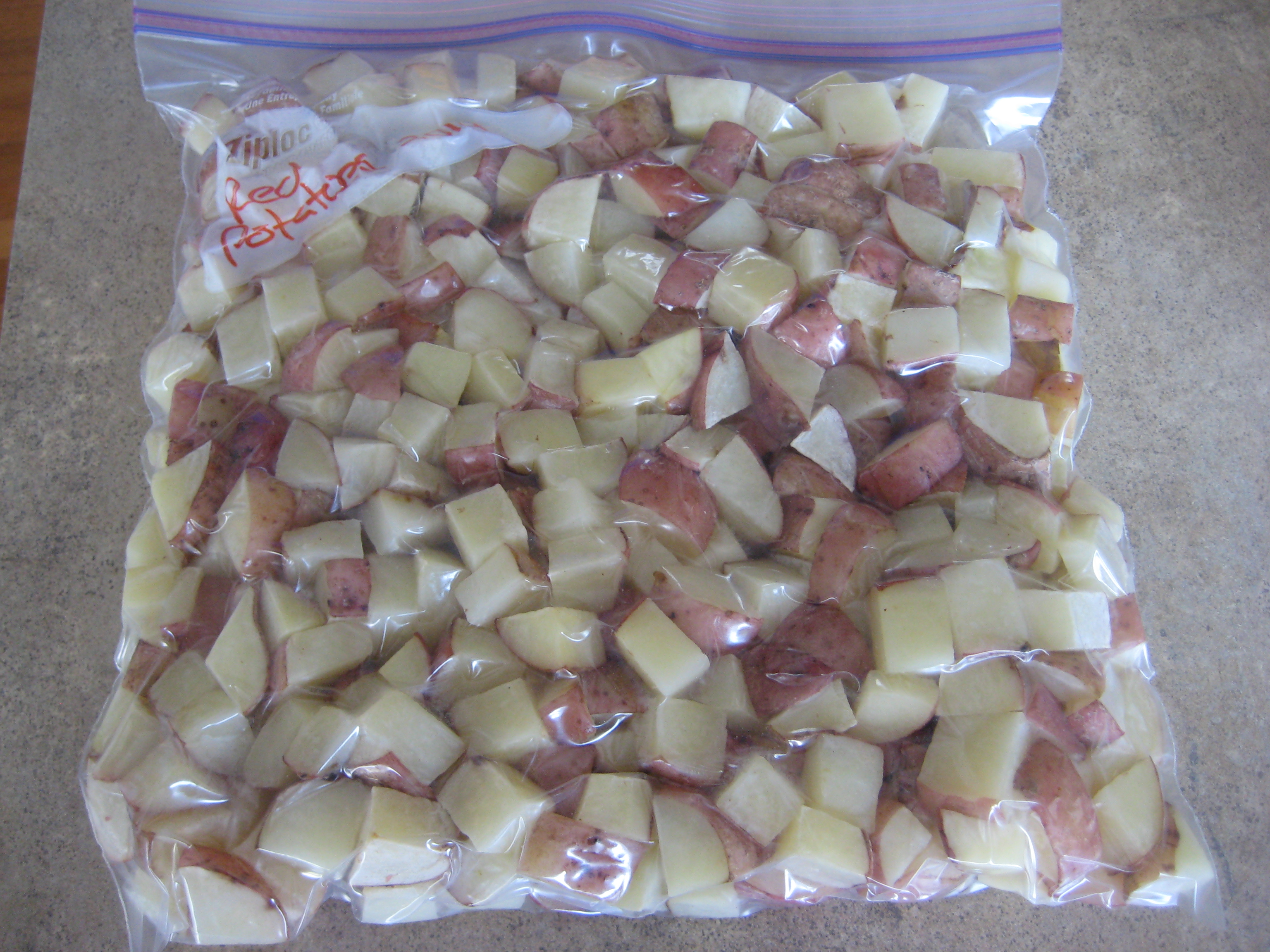A Simple Guide to Dehydrating Mushrooms
We posted recently about foraging for wild mushrooms and how to identify them. One great reason to forage for wild mushrooms is to stock up on them and keep them around for cooking or even as part of your survival food cache. But how do you store them? Dehydrating is the best method for mushrooms, … Read more








